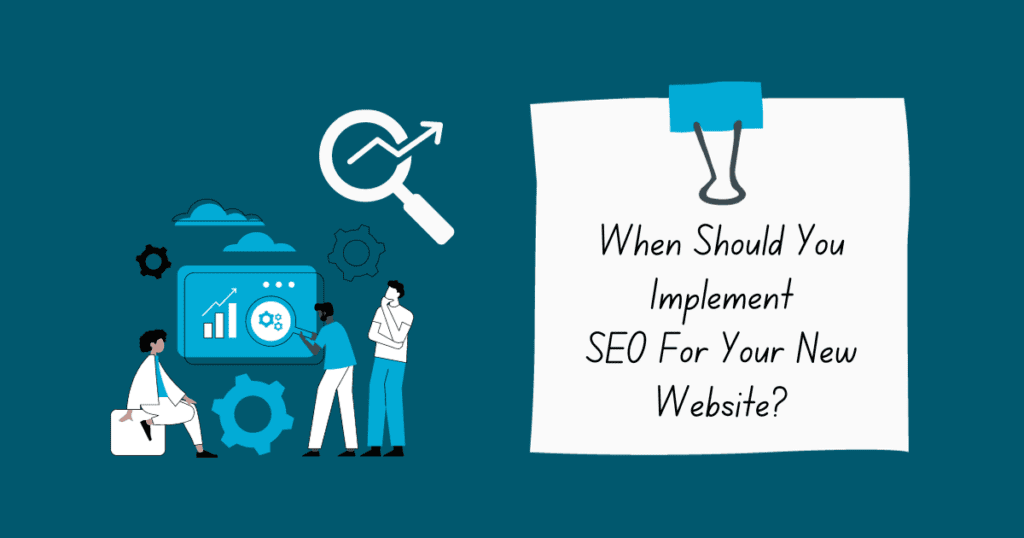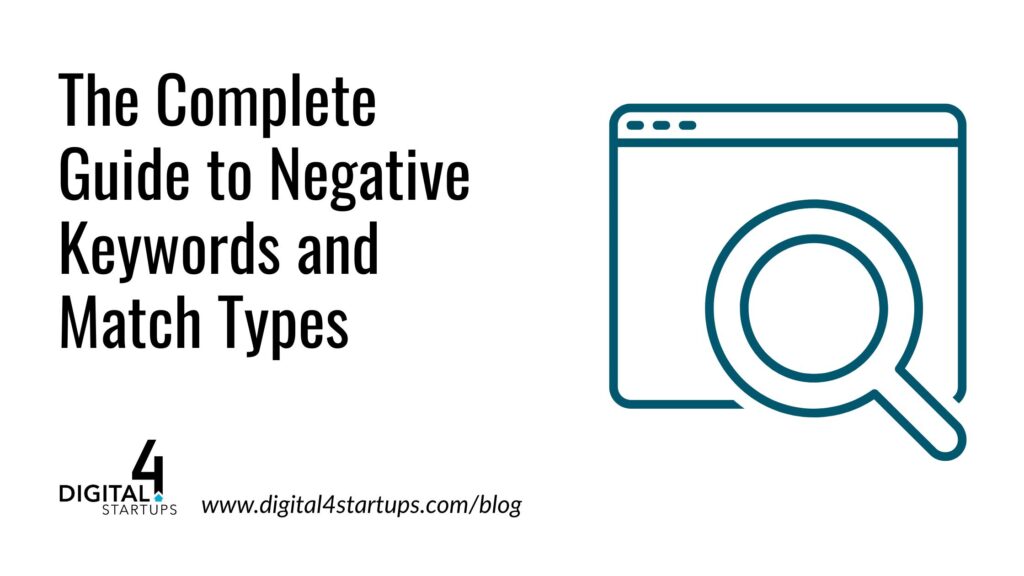
The Question: When to implement SEO for your new website?
So your website’s about to launch. Congratulations! You’ve spent countless hours picking fonts, color schemes, and the perfect layout.
But while deciding between Moon Dream and Daisy one question has been plaguing your thoughts: When do I need to implement Search Engine Optimization (SEO) for my new website?
The short answer: SEO implementation should always play an active role in your website.
SEO is an ever-evolving process and you should always be optimizing your website whether you’re at the launch stage, announcing a big update, or doing weekly monitoring.
Dave Kooi, Senior Account Manager at Digital4Startups (D4S), says “SEO is a continuous process and it takes time to see significant results—it’s important to start early and consistently improve.”
In terms of best practices, however, SEO should be implemented before your website even launches. So while you’re thinking about the landing page design also consider what keywords you want to implement.
What’s Taking So Long?
Your website is launched and you’ve implemented SEO best practices, but why is it taking forever to see results? Don’t worry, your hard work did not go to waste. As we said earlier, SEO is ever-evolving—especially from Google’s point of view.
Google is continuously updating its algorithm and optimizing the overall function of the search engine. It takes time for Google to crawl and index pages, and unlike the old days of SEO, it can no longer be tricked into giving sites better results (RIP keyword stuffing).
So how long do you need to wait to see the results? According to RockContent, it can take between four to six months. Depending on your SEO strategy, you could see results in four months or four years.
SEO Consultant at D4S, Avery Johanson, notes that “SEO should be implemented during the Web Design and UX design process. If SEO is implemented afterward, results will take much longer to come in,” she warns. If you want your results closer to the four-month end of the spectrum, then we recommend creating an SEO plan before your website launches.
SEO requires patience, but if you implement a strong strategy, and adapt to any algorithm changes that Google makes, then you are on the right track.
Where To Start with SEO implementation?
It’s easy for us to say “Implement SEO while you’re designing your website.” However, creating and implementing an SEO strategy can be daunting.
There are MANY different avenues a person can take with SEO, from examining page speed to analyzing backlinks. So to make this process less intimidating, the Digital4Startups team has compiled four ways to get started with your SEO plan.
- Keywords:
Keywords are the phrases that people type in Google when they’re searching for something. In the past, you could get away with stuffing your website copy with keywords, but today that will land you in hot water with Google and you might not see your desired results.
On the flip side, you can still use keyword-rich phrases across your website and especially in your content, like your blog, to draw positive attention from Search Engines.
For example, if you’re writing a blog post on making spaghetti from scratch you might include a keyword like “homemade spaghetti sauce.” You could then include that keyword in the post’s title, slug, meta description, headers, and body.
As a first step, we recommend determining which keywords you want to target and then finding spaces across your website and content to implement them. And keep in mind your target audience because that will make picking keywords easier.
- Meta Descriptions and Meta Titles:
You know when you’re looking at search results and you see the headline for a webpage and then a short description beneath it? Well, those are Meta Descriptions and Meta Titles.
Think of these as your first interaction with potential site visitors. You want these headlines and descriptions to entice users and get them to click on your webpage.
These descriptions and titles should be clear, concise, and informative. You want users to know what value you’re providing in the least amount of words. As a best practice, each title and description should be between 130 to 150 characters.
If it’s any longer, the description will be truncated and that negatively affects your ranking. Also, make sure your descriptions have eye-catching copy that includes your keyword and a call to action.
- Keep Mobile in Mind
Remember how we said “SEO is an ever-evolving process?” Well, one prominent way it’s evolved is that Google is prioritizing mobile SEO performance over website SEO. Which makes sense, you don’t carry around a laptop everywhere with you, right? Phones, on the other hand, are usually at our fingertips.
With all that being said, it’s important to see how your website is performing on mobile. You can do this by checking PageSpeed Insights. This tool analyzes your mobile and desktop performance for performance, accessibility, best practices, and SEO.
If your score is 90 or above then your users are having a good experience with your website. If your website is below 90 then it needs improvement. Luckily, PageSpeed insights will provide you with opportunities for improvement from Reducing Server Response Times to Minimizing CSS and JavaScript.
- Optimize Your Images
The last way to easily get started with optimizing SEO is by correctly formatting your website images and files.
Large images and files can significantly increase page speed loading times. Unfortunately, the longer it takes to enter a site, the more likely it is for a user to click back and exit it
On a positive note, if you return to your new favorite tool, PageSpeed Insights, you’ll be able to see a list of all the images on your site that are inappropriately sized. By optimizing your image sizes, you’ll be able to save data and improve page loading times.
SEO is a process that you will need to continually improve for your site. But if you start early and frequently optimize your website, then you’ll start to see your desired results.
If you need help strategizing an SEO implementation plan or getting started with improving your mobile or websites, the Digital4Startups team is here to help.


